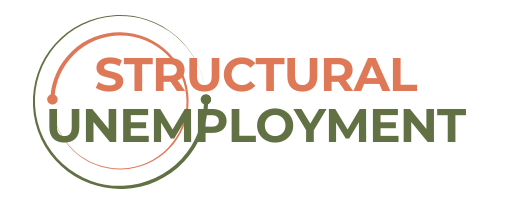2024 is officially in the books and it was another banner year for US stocks, with the (red line) gaining 24.89%, including dividends. US (purple line) gained 11.38%, and the (green line) gained 5.08% (in US dollar terms).
On the sector level, it might be surprising to see that actually underperformed the S&P 500 by a small amount, coming in as the 5th best sector performer in 2024. (led by Google (NASDAQ:) and Meta (NASDAQ:)) led the way, with , , and (who could have called that one?!). All 11 sectors finished positive but was the clear laggard, barely closing the year positive.
The broke out of its 2-year trading zone. It will be something worth watching going into 2025, as it will most likely have a negative effect on multinational earnings and foreign demand.
The benchmark interest rate finished higher in 2024, fluctuating between 4.7% and 3.6%. Rates have ultimately gone up almost a full percentage point in the 10-year since the Fed began cutting short-term rates. This is another one worth monitoring in 2025. A push above the 2023 high of around 5% could pose some difficulty for stocks, especially if it’s not a result of stronger economic growth.
2024’s return came in well above the average of 11.8% since 1928. Stocks have now finished positive in 71 out of the last 97 years, or 73% of the time. Although the results have varied widely.
Since 1928 the S&P 500 has produced a nominal compounded annual return of 9.94%, meaning $100 invested in 1928 would be worth $982,920.31 today. For a total return of 982,820%. Warren Buffett wasn’t kidding when he referred to compound interest (over long periods of time), as the “eighth wonder of the world”!
The 10-year rolling return on the S&P 500 is now 12.82%, which is above the long-term average of 9.6% but not yet in the “bubble” zone which has been around 17%.
While the 20-year rolling returns have now ticked up to 10%, which is slightly below the long-term average of 10.3%. But not quite in bubble territory, which has been around 15%. I’d expect these levels to rise in the coming years though, as the 2008 crash rolls off the books.
Like valuations, these indicators are not timing tools. We can still have a bear market even when valuations and rolling returns are below average (such as in 2008). But they can give us an estimate of what future expected returns might be on an investor’s time frame. The higher the readings, the lower future expected returns should be, and vice versa. I actually find these rolling returns to be of more use than traditional valuation tools.
When the 10 and 20-year rolling returns hit bubble territory back in the late 1950s to early 1960s, stocks would go on to generate returns below the historical average over the following 10 and 20-year period. Suffering bear markets, such as in 1974, took prices back down to the level it was trading at more than 15 years prior.
And we know what occurred during the 2000s decade after rolling returns hit bubble territory in the late 1990s.
The bottom line, stocks can go up without it being a bubble and they can go down without it being a crash.



